Ram Truck Lineup Adopts SAE Towing Standard From 2015 Forward
The Society of Automotive Engineers recently introduced a new designation standardizing maximum towing ratings, with the aim of sorting out the mess automakers have made with their internal measurements of towing capacity. Called J2807, the new system’s first champion is none other than Ram, who have gone all-in with the standard.
Autoblog reports all 2015 light- and heavy-duty Ram pickups will use J2807. The new ratings are as follows:
- Ram 1500 with 3.6-liter Pentastar V6 – 7,600 pounds
- Ram 1500 with 3.0-liter EcoDiesel V6 – 9,200 pounds
- Ram 1500 with 5.7-liter Hemi V8– 10,650 pounds
- Ram 2500 with 6.4-liter Hemi V8 – 16,300 pounds
- Ram 2500 with 6.7-liter Cummins inline-six diesel – 17,970 pounds
- Ram 3500 with 6.4-liter Hemi V8 – 16,420 pounds
- Ram 3500 with 6.7-liter Cummins inline-six diesel – 30,000 pounds
Automakers wanting to use the SAE towing standard must put their offerings through a battery of tests, ranging from handling checks, to being able to climb a grade without slipping below a designated speed. No word on when other manufacturers will adopt J2807.
Seattle-based writer, blogger, and photographer for many a publication. Born in Louisville. Raised in Kansas. Where I lay my head is home.
More by Cameron Aubernon
















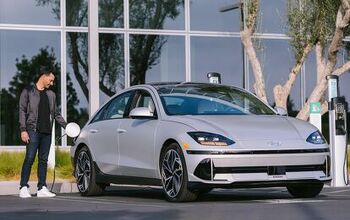
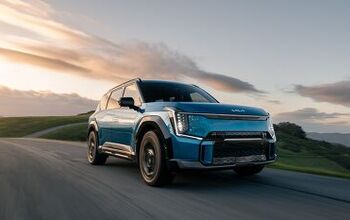




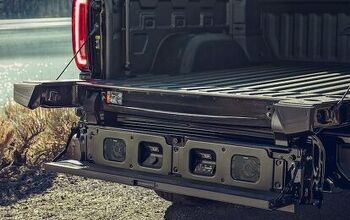
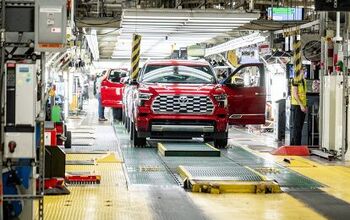



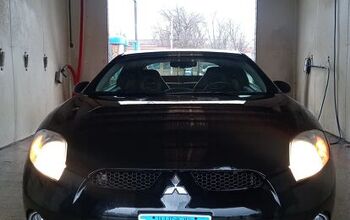
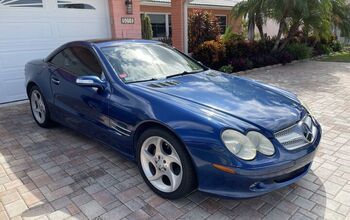

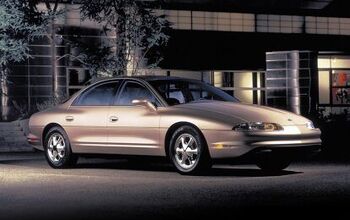
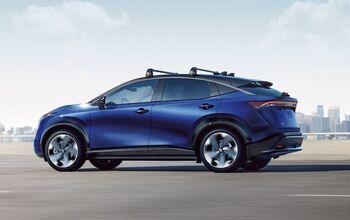


Comments
Join the conversation
I can't believe there wasn't a consistent standard of measurement already, in this day and age.
"...the new system’s first champion is none other than Ram..." Toyota's been using the SAE J2807 standards on all of its vehicle since 2011, so RAM is actually second.
The author incorrectly states that SAE J2807 was a recently introduced standard. IIRC the ratings came out in 2012. Toyota was the only early adopter. GM adopted the standards in 2013 but promptly withdrew from them. No one wants to adopt the standard as we all know it is the PR Departments and the Magic Spring Dust departments that set tow standards. Ram had an easy "out" with adopting the new standards as all of its drops in cargo and tow capability has been blamed on the change over to coil springs. Ford has always waffled by stating that they would change over with the next model. The F150 shouldn't drop much if anything since they have had the chance to engineer a totally new and much lighter F150. The next Ford Super Duty will come out some time this century and it too will have the opportunity to be engineered to keep current ratings.
Aside from the factual inaccuracy that Ram is the first to go in on this standard it would have been interesting to see analysis of how the tow ratings changed (did any models go UP vs what was previously claimed?). A more in-depth article looking at the test and how various manufacturers put their vehicles through it would be great at some point. Do they just hitch up a trailer and add sand-bags until it can't go up the grade? Or is there an engineering analysis performed prior to testing with run done to verify?